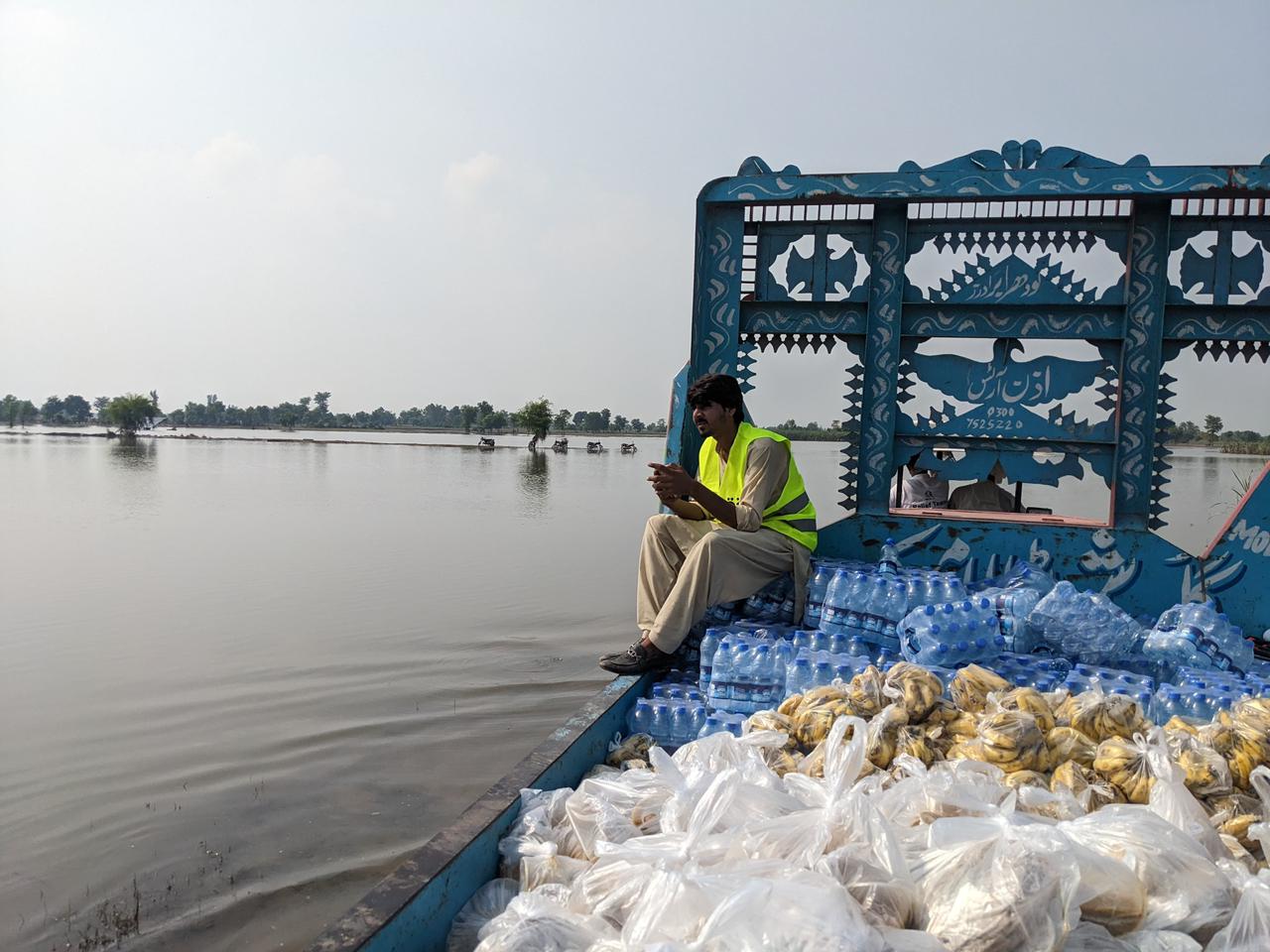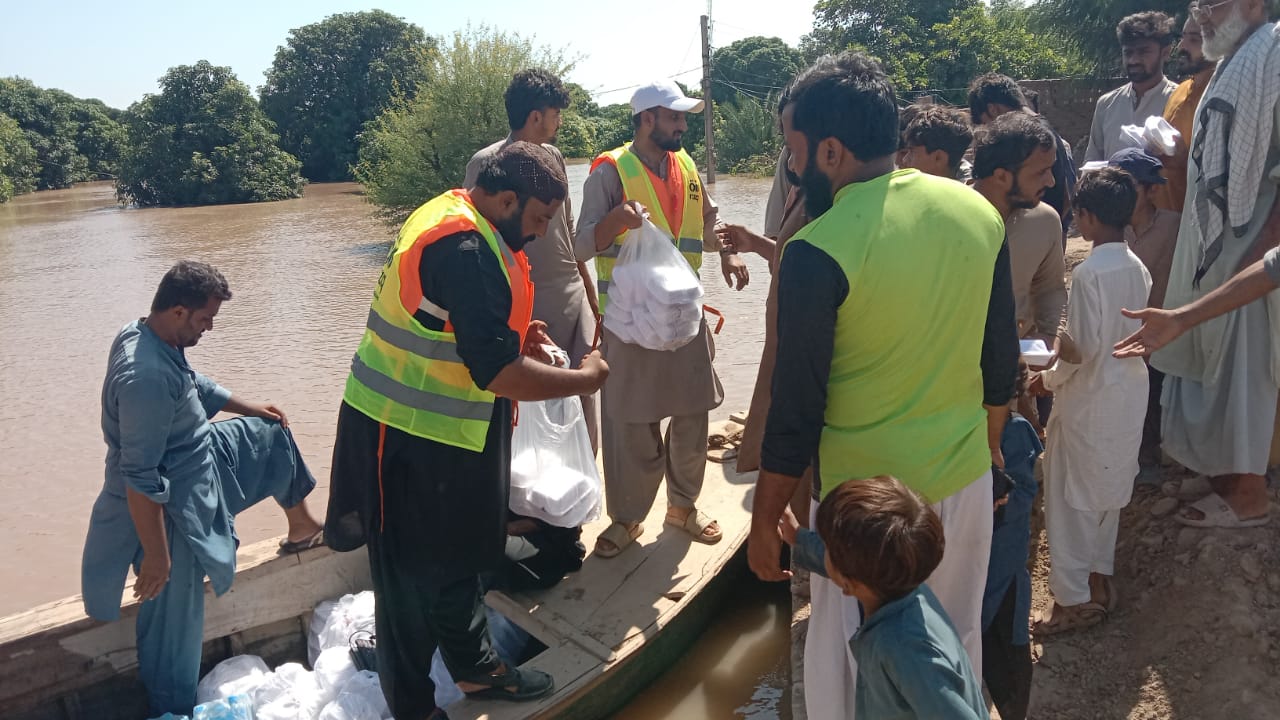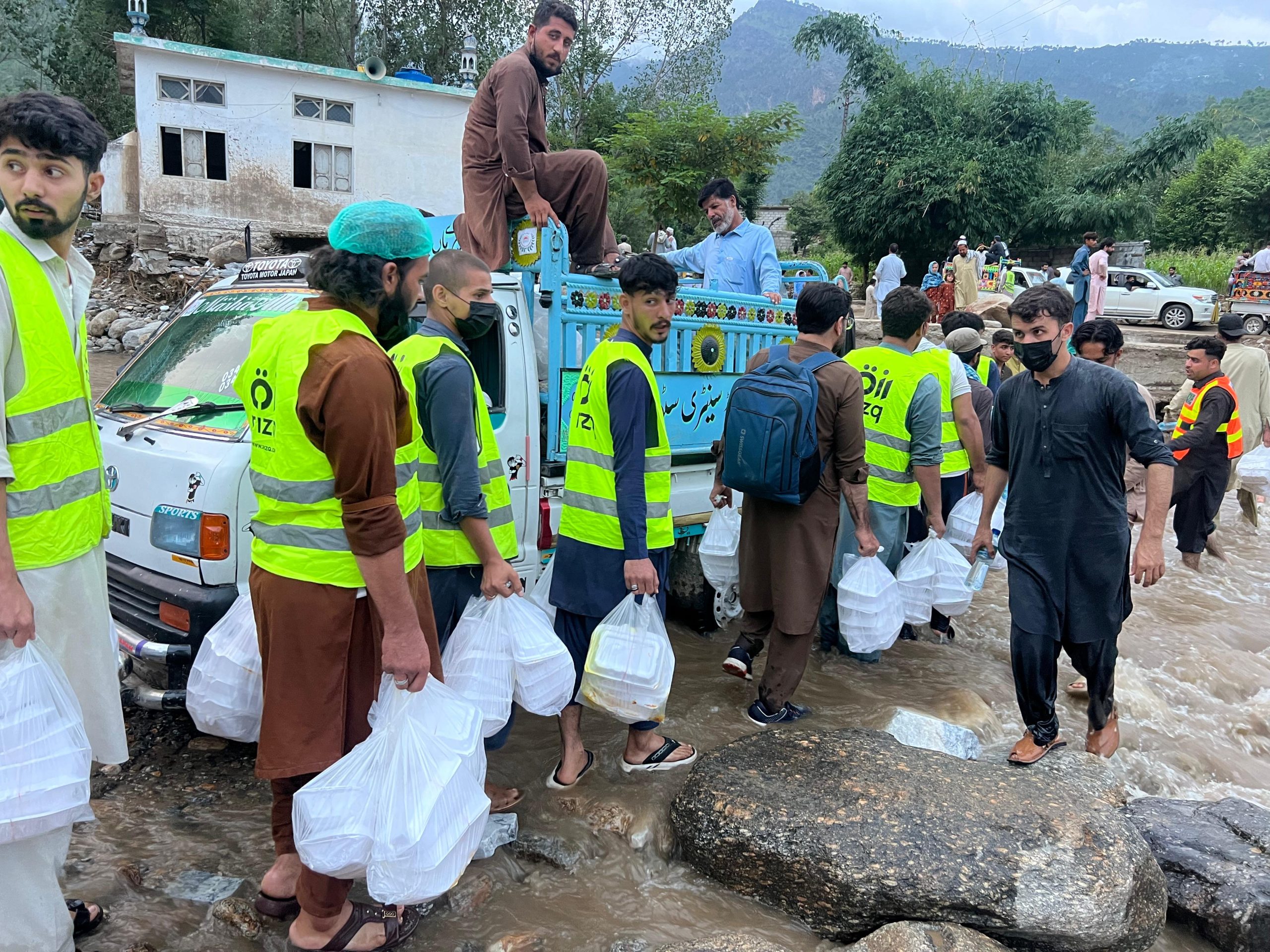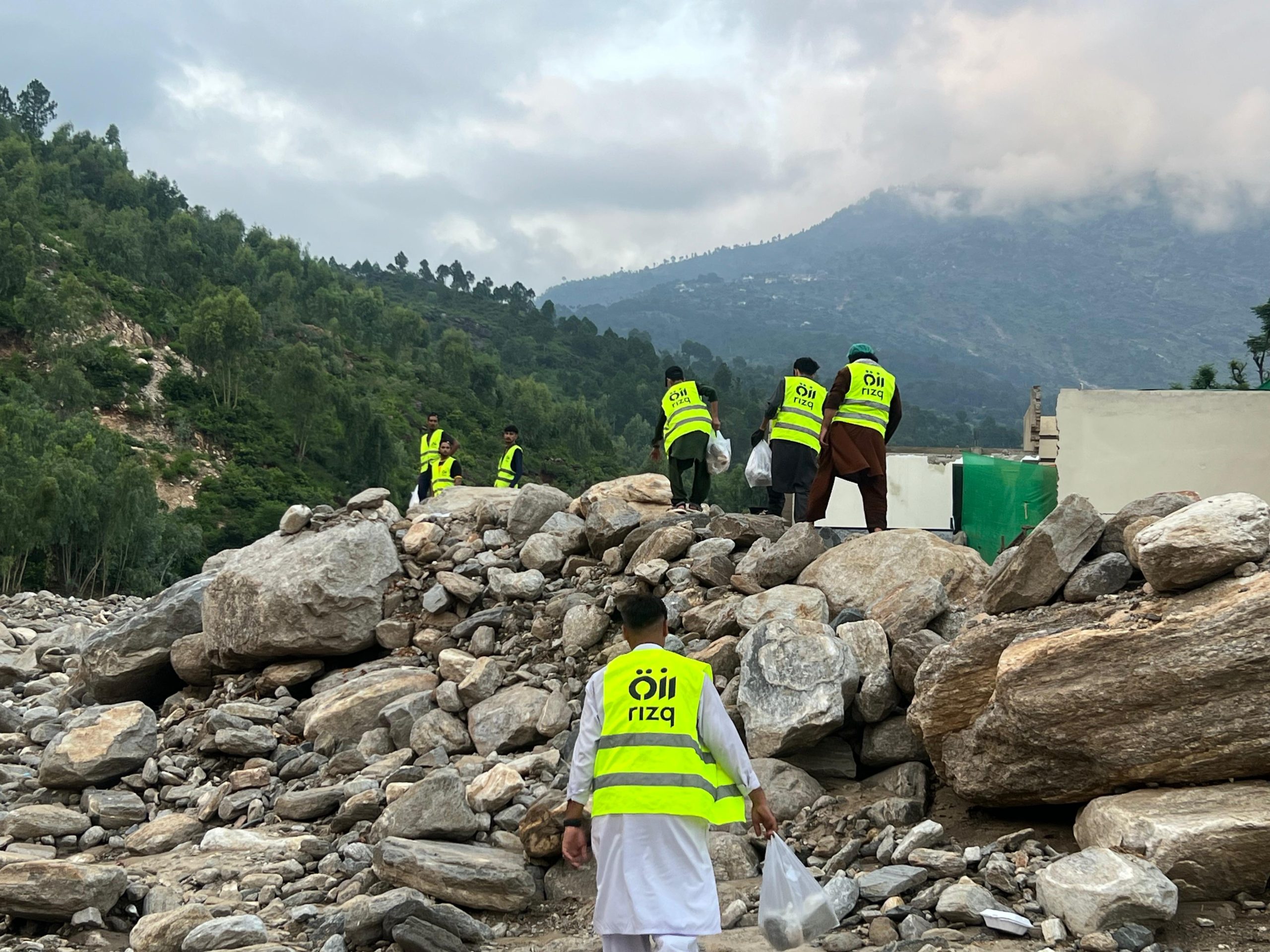The Intersection of Floods and Food Security in Pakistan
Floods are no longer exceptional events in Pakistan. Instead, they have become a recurring national catastrophe, not only altering the physical landscape of the country but directly impacting national food security as well. The unprecedented deluge of 2010, 2022 and now the on-going 2025 floods highlight a stark reality – climate change is directly responsible for altering natural events’ patterns, thereby intensifying floods and threatening Islamabad’s ability to feed its people.
For the last 78 years and prior to that, Pakistan’s monsoon patterns have enabled and sustained agriculture across the Indus Basin. However, in the recent years, this balance has been disrupted due to climate change. Records depict that rainfall intensity has increased exponentially – with number of rainy days has declined – concentrating downpours into shorter and more destructive bursts. This change has led to devastating rains affecting and overwhelming regions of South Punjab, Sindh and Balochistan in the South, and KPK and Gilgit-Baltistan in the North, areas less prepared historically for such catastrophic events.

The 2022 deluge was an example of such a case. Pre-monsoon rains were 111% higher than average, with monsoon rains in Sindh and Balochistan surged to 600–1800 millimetres, five to six times more than normal. The result was widespread destruction: homes submerged, crops wiped out and critical infrastructure washed away.
The implications of such events on food security are profound. Pakistan’s agriculture is largely rain-fed, with over 60% of rural households directly dependent on farming and livestock. Floods this year have devastated standing crops as well as the possibility of new plantation, eroded fertile soil and adversely impacted livestock that represent both nutrition and livelihood for millions. Previously, the 2022 deluge destroyed nearly 4 million acres of farmland and killed over 1 million animals – setting off a chain reaction of food shortages, price hikes and malnutrition. As the current floods unfold, similar patterns are emerging, threatening to push already vulnerable families deeper into hunger.
This crisis is aggravated by the interplay of heatwaves and floods. Since 2010, temperatures in Pakistan’s monsoon belt have risen by 0.18°C annually, significantly increasing the atmosphere’s moisture-carrying capacity. The April 2025 heatwave caused the temperature increase by 8°C above normal, resulting in intense downpours. When such rains strike parched and hardened soils, infiltration drops by up to 60%, causing rapid surface runoff and destructive flash floods. This cycle of heat and flood, which is often followed by droughts – undermines food production not only through destroying crops in the short-term, but also by reducing soil fertility and damaging irrigation systems in the long run.
Urban and non-riverine flooding adds another layer of vulnerability. Cities like Karachi, Lahore and Rawalpindi are increasingly turning into waterlogged disaster zones due to poor drainage, unchecked urban sprawl, poor housing structures and encroachment on natural waterways. This urban flooding disrupts food supply chains from wholesale markets to storage facilities, inflating prices and making staples less accessible for the urban poor. Meanwhile, flash floods from mountain ranges like Koh-i-Sulaiman displace farming communities and wash away vast tracts of cultivated land in districts such as Rajanpur, Taunsa and Dera Ghazi Khan, which are key contributors to national food stocks.
What makes this crisis even more alarming is that Pakistan’s flood management strategies remain rooted in outdated assumptions. The National Flood Protection Plan IV, formulated for 2015–2025, has largely focused on riverine floods while underestimating the risks of non-riverine and urban flooding. As a result, the country’s infrastructure, from barrages to drainage systems, is ill-equipped to manage the new flood realities. Without climate-smart planning, each flood season risks wiping out years of agricultural gains.
It is imperative to understand that not only recovery – but rehabilitation is key in this process. While Pakistan cannot prevent global climate change alone, it can take decisive steps to mitigate the impact of floods on food security. Key measures like restoring natural floodplains, upgrading drainage systems and adopting nature-based solutions to utilize floodwaters in vulnerable regions could reduce damage. Another important measure is investing in climate-resilient and regenerative agriculture: flood-tolerant crop varieties, improved water management and livelihood diversification that reduces over-reliance on vulnerable farming systems.
The intersection of floods and food security is where Pakistan’s climate crisis becomes most critical. Without urgent adaptation and rehabilitation measures, each successive flood event will deepen hunger, poverty and displacement, undermining the country’s stability. But with disaster prevention, investment and community-centred resilience, Pakistan can chart a path where floods no longer dictate its food future.



